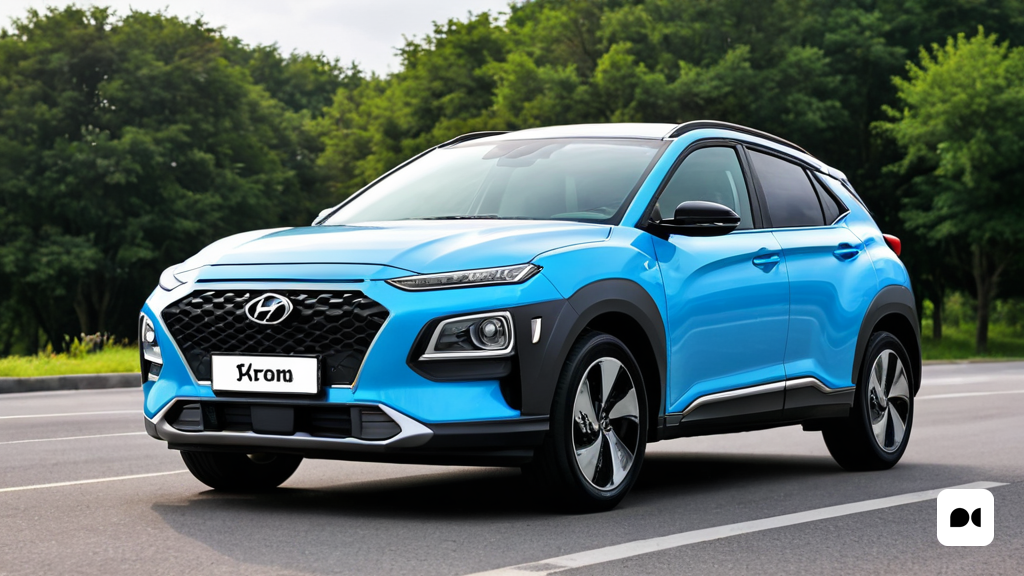A Remarkable Transformation
The new Hyundai Kona Electric stands out as a significant evolution of its predecessor, exhibiting a more modern and sophisticated design that radiates technology. Its imposing front light band and larger size bring it closer to the Tucson, differentiating it from the more compact Bayon.
Battery and Performance Variants
The electric version of the Kona offers two battery options: a 48 kWh with a range of 377 kilometers and a 156 horsepower motor, and another 65 kWh with 218 horsepower and a range of 514 kilometers.
Ample Space and Abundant Technology
The Kona’s increased length has resulted in a more spacious cabin, particularly in the rear seats. The boot has also grown to 466 litres, with an additional 27-litre compartment at the front for the electric variant.
The interior reflects the modernity of the exterior, with an impressive digital instrument panel that features two 12.3-inch widescreen displays. Below the center screen, a separate module with buttons controls the climate control, while USB ports and a wireless charger provide convenience and connectivity.
Powerful Electrical Impulse
The 218 horsepower version offers exceptional acceleration and power in all conditions. Thanks to batteries located low to the ground and its compact size, the Kona is agile and maneuverable.
Efficiency and Autonomy
The Kona Electric offers impressive efficiency, with an average consumption of 16 kWh/100 km in the city and 18-19 kWh/100 km on the highway. This translates into a range of approximately 400 kilometers in urban driving and 350 kilometers on road trips.
Fast DC recharging allows you to recover 10% to 80% of the battery in 41 minutes, while AC recharging takes approximately five hours.
Driving Assistance Systems: A Drawback
Although the Kona Electric is packed with technology, its driving assistance systems (ADAS) have been calibrated in an excessively invasive way. Frequent steering wheel movements, incessant audible alerts and unnecessary emergency braking interventions can be frustrating.
Constantly disabling these ADAS and driver attention detector reminders can be distracting and increase driving stress.
Other automakers have implemented ADAS that are easier to disengage or deactivate, allowing drivers to choose the level of assistance they want. This flexibility would be a welcome improvement on the Kona Electric.
Conclusion
The Hyundai Kona Electric is an impressive vehicle with a stylish design, spacious interior and abundant technology. However, its overly sensitive driving assistance system is a drawback that can dampen the driving experience. With a more reasonable calibration of the ADAS, the Kona Electric could become a true leader in its segment.

